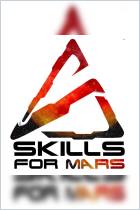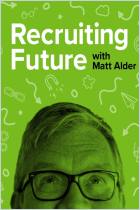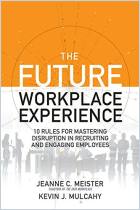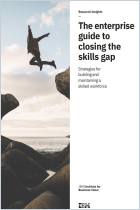Kevin Wheeler and Bas van de Haterd explore the changing landscape of recruitment — and the increasing role of AI and algorithms — to offer a guide to digital technologies that fuel effective talent acquisition. They explore the use of AI in all aspects of recruiting and the overarching role of analytics. They emphasize a data-driven, evidence-based, and ethical approach to recruitment. The authors explain the need for adaptive skills and collaboration in AI-enabled recruiting.
The world of work has been changing rapidly since the onset of the COVID-19 pandemic.
More than ever, employees seek work-life balance. The pandemic shifted the mindsets of workers who may have lived to work before COVID-19 but now view work as secondary to enjoying their lives and freedom. This seemingly sizable contingent wants to right-size their lives — finding a balance between sufficient income and the time to pursue their ideas and interests. Workers across most industries have also demanded higher pay and more flexible working arrangements.
Some in the gig and self-employed workforce choose those paths due to bad experiences with, for example, poor management or disrespectful leaders. Others, having no choice, embraced gig work during the pandemic. Some choose gig work for flexibility, others because they can earn more or exercise creativity, and some because they cannot find traditional work.
Remote and hybrid work reflect the changing workplace.
Research indicates that workers could do nearly 40% of jobs remotely, at all times, and that more than...
Kevin Wheeler is an HR, talent acquisition, and L&D expert and consultant. Bas van de Haterd focuses on using technology to improve recruitment.














Comment on this summary